Significance
The site of Tiangong Temple was originally the location of Taiwan’s Temple of Heaven, which since the Ming dynasty had been reserved exclusively for the ruling class to make offerings and prayers. It later developed into the place local people gathered to worship the Jade Emperor, for whom they build a furnace for votive offerings. Tiangong Temple was eventually built at this location with both private and government funding, and is now a religious center open to the public. The temple bears witness to the institutional transition of religion from the late Ming to early Qing dynasties. The plaque inscribed with the Chinese character yi (one) is one of the three most famous plaques in Tainan. The character yi is in reference to the fact that one may contrive to alter one’s fate, it is the gods that determine the destiny. The temple is a testimony to the localization of a religious culture. Four painted stone sculptures by master painter Pan Li-shui kept by the temple are precious artifacts that are rich in cultural and artistic value.
History
Since the Ming dynasty, the Temple of Heaven in Beijinghad had been where the ruler of China made offerings and prayers to the heaven. The rituals though were exclusively for the ruling class. During the Kingdom of Tungning 1661 – 1683 (a state founded by Koxinga as part of the loyalist movement to restore the Ming dynasty) Taiwan’s Temple of Heaven was where the ruler of Taiwan worshipped. Although no more official ceremonies were held after the kingdom of Tungning ended, the tradition was continued by the locals who shared the work of maintaining the “censer of heaven.” On the ninth day of the first lunar month, the Jade Emperor’s birthday, a temporary shrine was set up for his worship. A Tudigong (god of earth) statue would preside over the shrine in the Jade Emperor’s place. At the end of the ceremony, the temporary shrine was taken down, and the Tudigong statue was returned to its temple. Locals then performed poe divination (a traditional Chinese divination method in which moon-shaped wooden blocks are cast and the way they land is interpreted to determine divine guidance) to determine which family was to keep the censer of heaven in the coming year. Because the worship of the Jade Emperor was a popular religious activity, government and private funds were prepared to construct Tiangong Temple in 1854. It was the first temple enshrining the Jade Emperor in Taiwan and housed the censer of heaven permanently. Tudigong is also enshrined in the temple. Instead of a statue, the formless Jade Emperor is represented by a spirit tablet in the main hall. The temple was officially titled “Tiangong Temple, Taiwan” in 1983. It is designated as class-three national monument and a Tainan City historic landmark.
Special Features
1The Spirit Tablet of the Jade Emperor Tiangong Temple enshrines the Jade Emperor. Unlike most other temples dedicated to the diety, Tiangong Temple does not have a statute of the Jade Emperor. Instead, the Jade Emperor’s spirit tablet is found in the shrine. There is a notice that reads, “Heaven and earth possess ultimate beauty but do not speak of it; the four seasons observe the strictest orders but do not discuss them; all things are destined by heaven, the supreme; heaven has always been shapeless, thus no form is taken here.” So it is that Tiangong Temple doesn’t make use of a statue to represent the Jade Emperor.
Tiangong Temple enshrines the Jade Emperor. Unlike most other temples dedicated to the diety, Tiangong Temple does not have a statute of the Jade Emperor. Instead, the Jade Emperor’s spirit tablet is found in the shrine. There is a notice that reads, “Heaven and earth possess ultimate beauty but do not speak of it; the four seasons observe the strictest orders but do not discuss them; all things are destined by heaven, the supreme; heaven has always been shapeless, thus no form is taken here.” So it is that Tiangong Temple doesn’t make use of a statue to represent the Jade Emperor.
2The Yi Inscription PlaqueTiangong Temple’s majestic main hall houses many inscription plaques gifted by renowned historic figures, and of particular note is famous Yi plaque. The Yi inscription plaque is one of the three most famous plaques in Tainan, the other two being Taiwan Fu City God Temple’s Here You Come plaque and the Awaken the World plaque of Zhuxi Temple, which is Taiwan’s oldest Buddhist temple. The Chinese character yi, which literally means one, is in reference to the fact that one may contrive to alter one’s fate, it is the gods that determine the destiny. Surrounding the single, impressive calligraphic stroke of yi, a seven-character, twelve-line poem lines the edge of the plaque to be read counterclockwise from the upper left in Taiwanese. The poem speaks of the righteousness of the Jade Emperor and how justice shall be served, and warns mortals not to contrive against one another and do wrong to others, for all is nothing to the power of the gods.
3Painted Stone Sculptures of Pan Li-Shui
The main and rear halls of Tiangong Temple keep four pieces of painted stone sculptures made by master painter Pan Li-shui (1914 – 1995). Pan was once the president of the Scripture Club, a volunteer group in charge of reciting holy scriptures in praise of the deities. The majority of Pan’s works are paintings of moral stories from the past. His works in Tiangong Temple are unique.
4Wall Panels with Auspicious Motifs The wall panels lining both sides of the corridor in front of Sanchuan Hall are made of limestone and are carved with writings, flowers, auspicious animals, and human figures. The yellow paint on the carvings, which dates back to the Qing dynasty, has begun to peel, giving the carvings a sense of classic beauty that is simple and elegant.
The wall panels lining both sides of the corridor in front of Sanchuan Hall are made of limestone and are carved with writings, flowers, auspicious animals, and human figures. The yellow paint on the carvings, which dates back to the Qing dynasty, has begun to peel, giving the carvings a sense of classic beauty that is simple and elegant.
5The Home to Many Taoist DietiesTiangong Temple is home to dozens of Taoist deities, including the Jade Emperor, the Three Divine Teachers, the Three Divine Officials and many others, making it an important site for the study of Taoist dieties, rituals, and ceremonies.
Reminders
On the Jade Emperor’s birthday, the ninth day of the first lunar month, crowds of people visit Tiangong Temple to worship. Starting from 11:00 p.m. on the previous day, the temple becomes so crowded that it is difficult for worshippers to move around. In addition, the gates of heaven open on the sixth day of the sixth lunar month, and it is on this day that the Jade Emperor inspects the living world, making it a popular day for worshippers to visit the temple.
Panoramic
Directions